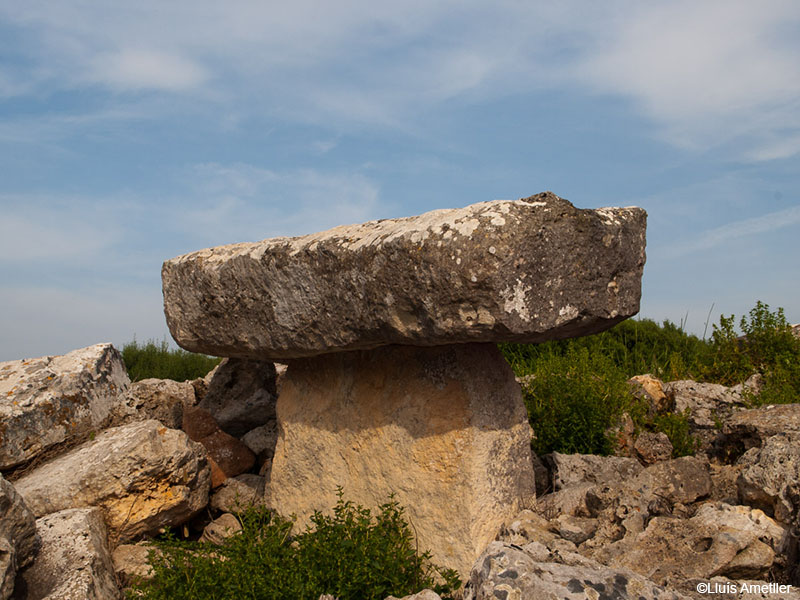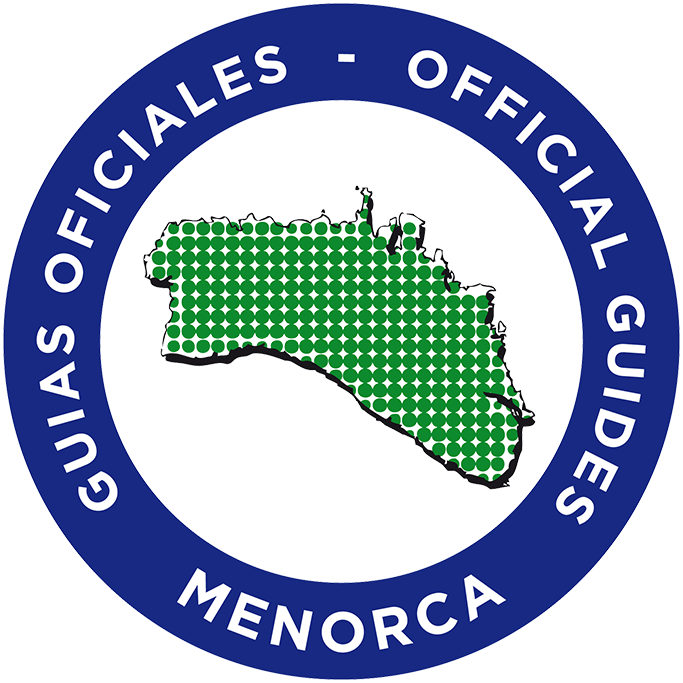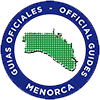Menorca’s insularity, its remoteness from mainland Europe and Africa owing to its central location in the western Mediterranean, the millenary influence of the elements on its territory, its great geological diversity together with the imprint of different cultures over the last 4,000 thousand years have all contributed to an extraordinary biodiversity and to a unique prehistoric, historical and cultural heritage.
Thanks to the wise and far-sighted ancestral human intervention of farmers and to the innate consciousness of Menorcan society of the importance of the preservation and careful maintenance of this immense natural and cultural heritage, the island of Menorca entered into the focus of interest of UNESCO and so became one of the first regions in the world to be a reference model for a healthy and harmonious coexistence between man and nature.
In 1993 UNESCO, within the framework of the MaB (Man and Biosphere) programme, declared the whole of Menorca a Biosphere Reserve in recognition of its great natural and cultural values, as well as the island’s commitment to preserve and maintain its extraordinary natural and patrimonial legacy. Menorca has a great variety of protected natural areas which account for 66% of its 700km².

Due to its impressive prehistoric legacy, Menorca has presented to UNESCO its candidacy to be part of the World Heritage catalogue for 2022 with the project ‘Talayotic Menorca, an insular cyclopean odyssey’.
Since 2012 Menorca holds one of the two technical secretariats dedicated to the sustainable development of the World Network of Island and Coastal Biosphere Reserves.
In June 2019, the expansion of the terrestrial Biosphere Reserve with two marine areas was approved: the North Marine Reserve and the S’Albufera des Grau Natural Park area. As a result Menorca now has the largest Marine Biosphere Reserve in the Mediterranean.

